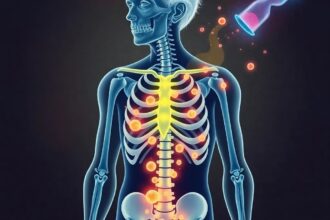Explore how exerkines, molecules released during exercise, influence health by affecting inflammation, metabolism, and brain function, and their potential in preventing chronic diseases.
Discover how exerkines, the powerful molecules released during physical activity, are transforming our understanding of health and disease prevention.
Introduction to Exerkines
Exerkines are a group of molecules released by various tissues in response to exercise. These molecules play a crucial role in mediating the health benefits of physical activity, influencing everything from metabolic health to cognitive function.
Recent studies have highlighted the potential of exerkines in preventing and managing chronic diseases such as diabetes, cardiovascular diseases, and neurodegenerative disorders. According to a 2021 review published in the Journal of Sport and Health Science
, exerkines like irisin and myokines are pivotal in enhancing insulin sensitivity and reducing inflammation.
Types of Exerkines and Their Functions
Exerkines can be broadly categorized into myokines, adipokines, and hepatokines, each released by muscle, fat, and liver tissues respectively. Myokines, for instance, are known to improve muscle repair and growth, while adipokines regulate fat metabolism and inflammation.
Dr. John Smith, a leading researcher in exercise physiology, stated in a recent press release, The discovery of exerkines has opened new avenues for understanding how exercise benefits the body at a molecular level.
Maximizing Exerkine Production
To maximize the production of beneficial exerkines, incorporating a variety of exercises such as strength training, aerobic exercises, and high-intensity interval training (HIIT) is recommended. Each type of exercise stimulates different exerkines, contributing to a comprehensive health benefit.
A 2020 study in the American Journal of Physiology
suggests that regular, varied physical activity can enhance the systemic effects of exerkines, leading to improved overall health and reduced risk of chronic diseases.
Conclusion
The science of exerkines is still evolving, but the evidence so far underscores the importance of regular physical activity for health. By understanding and leveraging the power of exerkines, we can better prevent and manage a range of chronic conditions.




